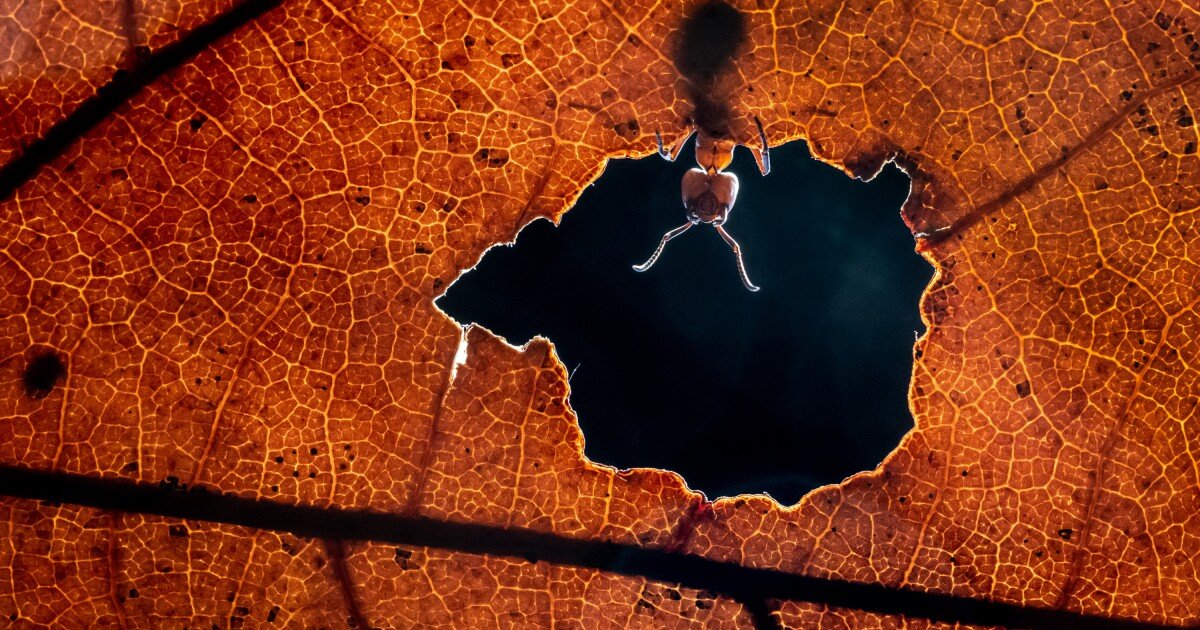


Melted ejecta material lies radially around the outside of the crater. 40 km, 16.5°S, 27.2°W) has been practically completely submerged by lava, only a few individual peaks stick up above the surface of the lava.Ī very conspicuous crater, 60 km in diameter, with terraced inner crater walls and a central mountain with multiple peaks. Compiled by three keen amateur astronomers, each image was produced using a 40-cm telescope and high-resolution low- speed lm. The former crater wall of Lubiniezky E (c. The Photographic Atlas of the Moonis a day-by-day photographic guide to observing the features of the Moon through a small tele- scope. Northwest of Lubiniezky lie the two craters Lubiniezky A and E. The maximum difference in height between the crater's wall and the floor amounts to just 770 m. The southeastern crater wall is open to the lava surface of Mare Nubium.

Mare Nubium offers a multitude of interesting surface features for both visual and photographic observation.Īn almost completely lava-filled crater, 44 km in diameter, similar to Keis, lying northwest of Bullialdus. It has a diameter of roughly 750 km and the lava covers an area of about 250 000 km 2. It is possibly part of the enormous lava flow to which Mare Cognitum, Mare Insularum and parts of Oceanus Procellarum belong. Mare Nubium (‘Sea of Clouds’) is irregular, roughly round in shape, with no distinct boundaries anywhere, such as those found with other maria, typically in the form of sections of wall.


 0 kommentar(er)
0 kommentar(er)
